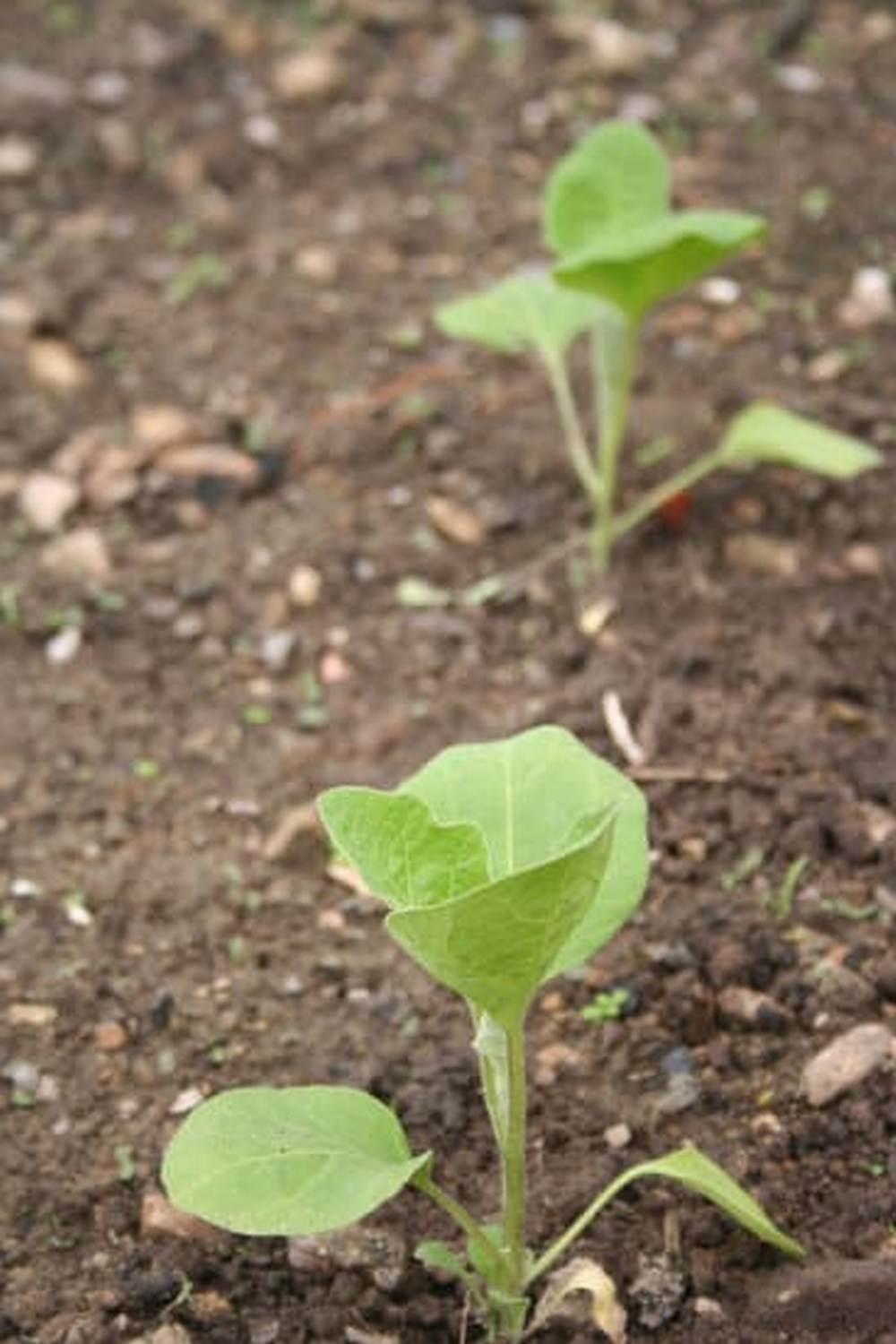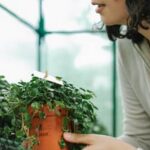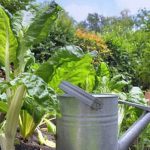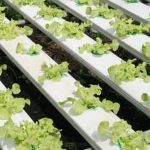Are you interested in starting a vegetable garden but don’t have access to a large outdoor space? Planters vegetable gardening might be the perfect solution for you. This article will introduce you to the concept of planters vegetable gardening and its many benefits. From choosing the right planters and vegetables to soil and fertilizer requirements, watering needs, pest management, and creative design ideas, we will cover everything you need to know to successfully grow your own vegetables in planters.
Planters vegetable gardening is a convenient and space-saving way to grow your own fresh produce, especially if you live in an urban area or have limited outdoor space. By using planters, you can create a thriving vegetable garden on a balcony, patio, or even indoors. Not only does this allow you to enjoy the satisfaction of growing your own food, but it also provides access to nutritious and delicious produce right at your fingertips.
In this article, we will explore the different aspects of planters vegetable gardening, including how to choose the right planters for your space and select the best vegetables for container growth. We will also discuss the soil and fertilizer requirements for successful gardening, as well as how to manage watering and sunlight needs for your plants.
Additionally, we will provide tips on managing pests and diseases, harvesting your vegetables, and maintaining your planter garden throughout the growing season. Whether you are new to gardening or looking for innovative design ideas for your planters, this article has got you covered.
Choosing the Right Planters for Vegetable Gardening
When it comes to planters vegetable gardening, choosing the right containers is crucial for the success of your garden. The type of planter you choose can impact the growth and health of your vegetables, so it’s important to consider a few key factors before making your selection.
Here are some tips for choosing the right planters for your vegetable garden:
- Size: Consider the size of the plants you want to grow and choose planters that will provide enough space for their roots to spread out. Larger plants, such as tomatoes or peppers, will need larger containers, while smaller plants like herbs or lettuce can thrive in smaller pots.
- Drainage: Proper drainage is essential for planters vegetable gardening. Look for containers with drainage holes to prevent waterlogged soil, which can lead to root rot and other issues. If your chosen planter doesn’t have drainage holes, you can always drill some yourself.
- Material: Planters come in a variety of materials, including plastic, ceramic, terracotta, and wood. Each material has its pros and cons in terms of durability, insulation, and water retention. Choose a material that suits the needs of your specific vegetables and the climate in which you live.
By taking these factors into consideration when choosing planters for your vegetable garden, you can create an environment that encourages healthy growth and bountiful harvests.
Selecting the Best Vegetables for Planters
When it comes to selecting the best vegetables for planters, there are several factors to consider. One of the most important things to keep in mind is the size of the planter. Some vegetables, such as tomatoes and peppers, require a larger planter with plenty of space for their roots to grow. On the other hand, smaller planters are suitable for growing herbs and leafy greens like lettuce and spinach.
Another important factor to consider when choosing vegetables for planters is the climate in your area. Certain vegetables thrive in specific climates, so it’s essential to choose varieties that are well-suited to your growing conditions. For example, if you live in a hot and sunny region, you may want to consider planting heat-loving vegetables like eggplant and zucchini.
Additionally, it’s crucial to select vegetables that are well-suited for container gardening. Some vegetable varieties have been specifically bred for their compact growth habit, making them perfect for growing in planters. These include bush varieties of beans and compact varieties of carrots and radishes.
In summary, when selecting vegetables for planters vegetable gardening, take into account the size of the planter, the climate in your area, and choose varieties that are suitable for container gardening. With careful consideration and planning, you can create a thriving vegetable garden right on your patio or balcony.
| Vegetable | Planter Size |
|---|---|
| Tomatoes | Large |
| Lettuce | Small |
| Eggplant | Large |
| Bush Beans | Small/Medium |
Soil and Fertilizer Requirements for Planters Vegetable Gardening
When it comes to planters vegetable gardening, the soil and fertilizer requirements play a crucial role in the success of your garden. Unlike traditional in-ground gardening, planters have limited space and nutrients, so it’s important to choose the right soil and provide adequate fertilization for your vegetables.
The first step in ensuring healthy planters vegetable gardening is to select a high-quality potting mix that is well-draining and nutrient-rich. Look for a mix specifically formulated for container gardening, as this will provide the ideal balance of aeration, water retention, and nutrients for your vegetables. Avoid using garden soil, as it can become compacted in planters and may contain pests and diseases.
In addition to using a quality potting mix, it’s essential to provide regular fertilization for your vegetables in planters. Since container plants have limited access to nutrients in the surrounding soil, they rely heavily on the fertilizer you provide.
Choose a balanced, water-soluble fertilizer that is formulated for vegetables, and follow the instructions on the package for application frequency and dosage. Adding organic matter such as compost or worm castings can also help improve the overall fertility of the soil in your planters.
By paying careful attention to your soil and fertilizer requirements, you can ensure that your planters vegetable gardening efforts are met with success. Providing the right growing medium and regular fertilization will promote healthy root development, vigorous plant growth, and bountiful harvests of fresh, flavorful vegetables from your planters.
Watering and Sunlight Needs for Vegetables in Planters
Watering and providing the right amount of sunlight are essential factors in the successful growth of vegetables in planters. Different vegetables have varying water and sunlight needs, so it’s important to be mindful of these requirements for each type of vegetable you choose to grow.
When it comes to watering, it’s crucial to not overwater or underwater your plants. Overwatering can lead to root rot and other diseases, while underwatering can cause stunted growth and poor fruit production. To ensure proper watering, consider the following guidelines:
- Regularly check the moisture level of the soil by sticking your finger into the soil up to knuckle depth. Water when the top inch of soil feels dry.
- Water slowly and deeply to ensure that the water reaches the roots of the plants.
- Avoid wetting the foliage to prevent fungal diseases.
In terms of sunlight, most vegetables require at least 6-8 hours of direct sunlight per day for optimal growth and fruit production. However, there are some vegetables that can tolerate or even prefer partial shade. Here are some examples:
- Tomatoes: Full sun
- Lettuce: Partial shade
- Peppers: Full sun
To make sure your vegetable plants are getting enough sunlight, position your planters in areas with ample natural light. If you’re growing vegetables indoors or in a shaded area, consider using grow lights to supplement their sunlight needs.
By understanding and meeting the watering and sunlight needs of your vegetable plants in planters, you’ll be on your way to a successful harvest. With proper care in these areas, you can enjoy a bountiful supply of fresh produce from your planters vegetable garden.
Pests and Diseases Management in Planters Vegetable Gardening
When it comes to planters vegetable gardening, one of the most important aspects to consider is the management of pests and diseases. Just like traditional garden beds, planters can also be prone to infestations and infections that can seriously affect the health and productivity of your vegetable plants. However, with proper knowledge and proactive measures, you can effectively manage and prevent these issues.
One of the best ways to prevent pests and diseases in your planters is by practicing good soil management. Ensure that you are using high-quality soil that is well-draining and rich in nutrients. Healthy soil will promote strong and resilient plants that are better able to withstand attacks from pests and diseases. Additionally, consider adding organic matter or compost to your planters to further improve soil quality.
Another important aspect of managing pests and diseases in planters vegetable gardening is proper watering techniques. Overly wet conditions can attract pests like snails and slugs, while also promoting fungal infections. On the other hand, underwatering can stress plants, making them more susceptible to infestations. Finding the right balance is key for maintaining a healthy environment for your vegetables.
Lastly, it’s crucial to inspect your plants regularly for any signs of pests or diseases. Look out for chewed leaves, discolored spots, or wilting foliage. If you notice any issues, take action immediately by removing infected or infested plants as soon as possible to prevent further spread.
| Aspect | Recommendation |
|---|---|
| Soil Management | Use high-quality soil & add organic matter/compost |
| Watering Techniques | Maintain proper moisture balance to avoid overwatering or underwatering |
| Regular Inspection | Check plants for signs of pests/diseases & take immediate action if needed |
Harvesting and Maintaining Planters Vegetable Garden
Once your vegetables have reached maturity, it is time to harvest them. Harvesting times will vary for different vegetables, so it is important to know the specific signs of when each type is ready. For example, tomatoes are best harvested when they are fully colored and firm to the touch, while leafy greens like lettuce can be harvested when they reach the desired size.
It is important to use sharp tools when harvesting, as dull tools can crush the plant and make it more susceptible to disease. Be gentle when harvesting to avoid damaging the rest of the plant or disturbing neighboring plants in the planter.
Maintaining Your Planters Vegetable Garden
Regular maintenance of your planters vegetable garden is key to a successful harvest. This includes pruning, weeding, and monitoring for pests and diseases. Pruning helps promote healthy growth and prevents overcrowding in the planter. Regularly remove any weeds that may compete with your vegetable plants for nutrients and sunlight.
Additionally, keeping an eye out for pests such as aphids or diseases like powdery mildew is crucial for maintaining a healthy vegetable garden. Early detection and prompt action are essential in preventing these issues from spreading and causing damage to your plants. By staying on top of maintenance tasks, you can ensure that your planters vegetable garden remains healthy and productive throughout the growing season.
Creative Ideas for Designing and Decorating Planters for Vegetable Gardening
When it comes to planters vegetable gardening, the design and decoration of your planters can really make a difference in the overall aesthetic appeal of your garden. Here are some creative ideas to help you design and decorate your planters for vegetable gardening.
Vertical Planters
Vertical planters are a great way to maximize space in a small garden or on a balcony. You can use hanging pots, stacked crates, or wall-mounted planters to grow a variety of vegetables such as lettuce, herbs, and cherry tomatoes. Not only do vertical planters save space, but they also create an eye-catching display.
Colorful Planters
Consider adding a pop of color to your vegetable garden by using brightly colored planters. You can paint terracotta pots in vibrant hues or choose planters made from colorful materials such as ceramic or resin. Colorful planters not only add visual interest to your garden but can also complement the colors of the vegetables you’re growing.
Repurposed Containers
Get creative with your choice of containers for vegetable gardening. Upcycled items such as old tires, wooden crates, tin cans, and even rain boots can be repurposed into unique planters for growing vegetables. Not only is this an eco-friendly option, but it also adds character and personality to your garden.
By incorporating these creative ideas into the design and decoration of your planters for vegetable gardening, you can create a visually stunning and functional garden that will not only provide you with a bountiful harvest but will also enhance the beauty of your outdoor space.
Conclusion
In conclusion, planters vegetable gardening can be a rewarding and fulfilling experience for anyone, regardless of their gardening expertise. By choosing the right planters, selecting the best vegetables, providing the necessary soil and fertilizer requirements, and ensuring proper watering and sunlight needs, anyone can successfully grow their own vegetables in planters.
One important aspect to consider when engaging in planters vegetable gardening is the management of pests and diseases. It is crucial to regularly inspect the plants for any signs of infestation or illness, and to take immediate action to prevent any widespread damage. Additionally, proper harvesting techniques and maintenance of the planter garden will ensure a continuous supply of fresh vegetables throughout the growing season.
For those looking to add a creative touch to their planters vegetable garden, there are numerous ideas for designing and decorating the planters. From using colorful pots and vertical gardening techniques to incorporating unique accessories, there are endless possibilities for transforming a simple planter garden into a visually stunning display. With these tips and tricks in mind, anyone can enjoy a successful and bountiful harvest from their own planters vegetable garden.
Frequently Asked Questions
What Vegetables Are Good in Planters?
Vegetables that are good in planters include tomatoes, peppers, lettuce, spinach, carrots, radishes, and herbs like basil and cilantro. These vegetables thrive in the confined space of a planter and can be easily managed.
What Vegetables Can Grow Together in a Planter Box?
Many vegetables can grow together in a planter box, such as tomatoes with basil, lettuce with radishes, and peppers with onions. It’s important to consider the individual needs of each vegetable when planting them together to ensure they all thrive.
What Are the Best Containers to Plant Vegetables In?
The best containers to plant vegetables in are ones that provide proper drainage and enough space for the plants’ roots to grow. Options include plastic or ceramic pots, wooden crates, or fabric grow bags. It’s important to choose a container that suits the specific needs of the vegetables being planted.

If you’re looking to get into vegetable gardening, or are just looking for some tips on how to make your current garden better, then you’ve come to the right place! My name is Ethel and I have been gardening for years. In this blog, I’m going to share with you some of my best tips on how to create a successful vegetable garden.





